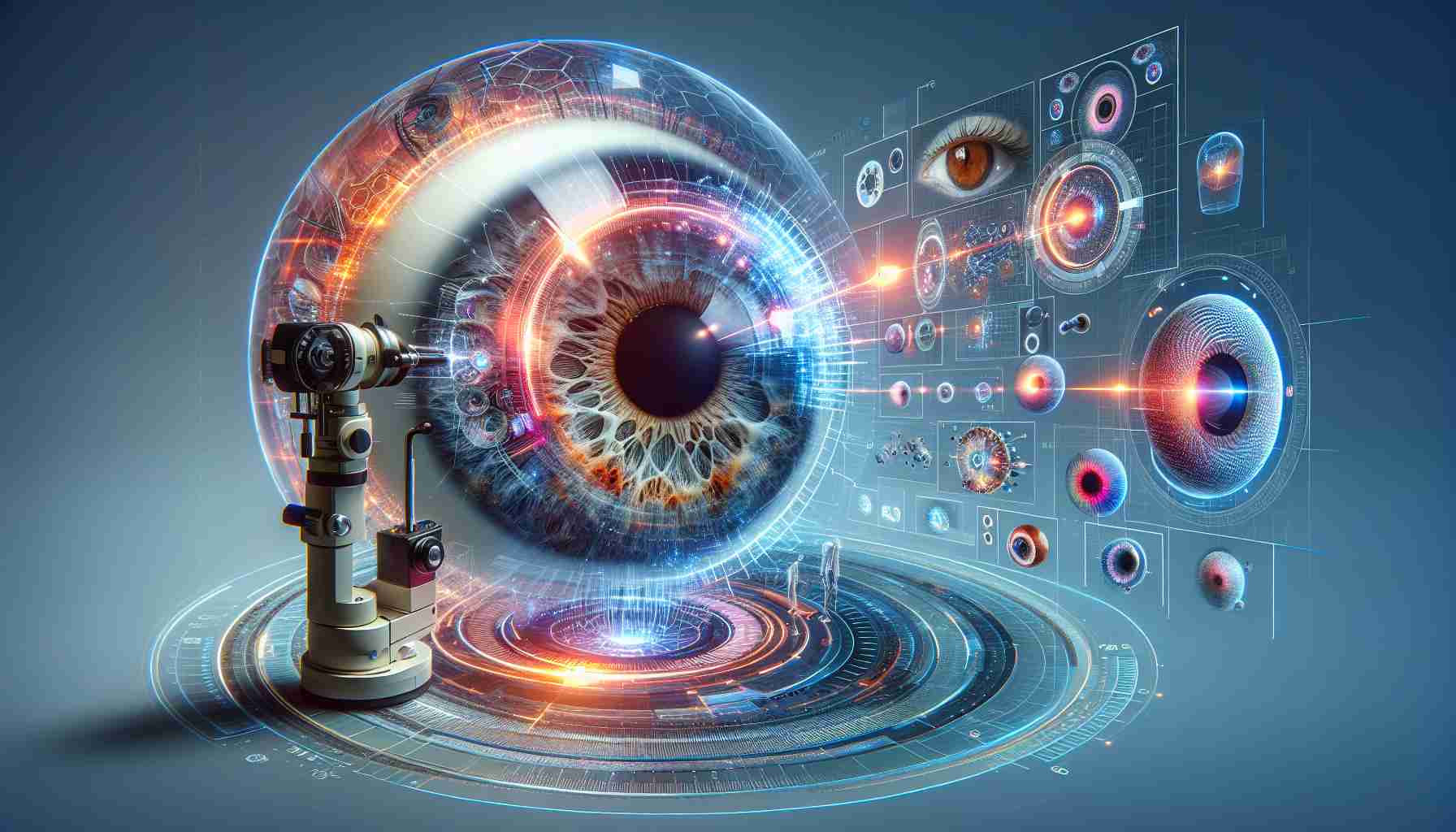In a significant advancement for eye health technology, OUI Inc., located in Tokyo, has collaborated with Yokohama Kei Ai Eye Clinic to develop an innovative algorithm that utilizes artificial intelligence (AI) for estimating anterior chamber depth from images captured by a smartphone attachment-based slit lamp microscope. This groundbreaking research has been featured in the prestigious journal “Bioengineering” on October 9, 2024.
Background of the Research
Primary Angle Closure Glaucoma (PACG) is a leading cause of blindness globally, highlighting the necessity for early diagnosis. Traditional methods for examining the angle of the eye require specialized knowledge and are not conducive to widespread screening in local settings. Anterior chamber depth (ACD) serves as a valuable indicator of PACG risk; however, conventional measurement devices are often costly and impractical, particularly in resource-limited regions.
Research Developments
Utilizing the Smart Eye Camera, the team captured over 204,639 frames of anterior segment images from 1,586 eyes, applying machine learning techniques to develop their ACD estimation algorithm. The results revealed impressive accuracy, with a mean absolute error of 0.093 ± 0.082 mm and a correlation coefficient of R = 0.953 in estimating the risk of angle closure.
Implications for Eye Care
The newly developed AI model promises a user-friendly and highly accurate method for glaucoma screening, particularly in underserved areas. Future steps involve validating the algorithm with external datasets to optimize its performance for clinical applications, marking a significant leap towards accessible eye care diagnostics.
Enhancing Eye Health: Tips, Life Hacks, and Fascinating Insights
As we embark on the journey of understanding and safeguarding eye health, it’s essential to equip ourselves with useful tips, life hacks, and intriguing facts that can make a difference in our daily lives. The recent advancements in eye health technology, particularly the AI-powered tool for estimating anterior chamber depth, present not only a remarkable leap in medical science but also an opportunity for individuals to become proactive in caring for their eyesight. Here are some suggestions to complement the groundbreaking research discussed previously.
1. Healthy Diet for Eye Protection
Maintaining a diet rich in specific nutrients can significantly benefit your eye health. Incorporate foods high in omega-3 fatty acids, such as salmon and flaxseeds, along with leafy greens like spinach and kale. These foods are known to help protect against age-related macular degeneration (AMD) and other eye conditions.
2. The Importance of Regular Eye Exams
To catch potential issues early, schedule regular eye exams. Early detection of conditions like glaucoma is crucial. Research shows that eye exams can help identify problems before they affect your vision. If you notice any changes in your eyesight, don’t hesitate to consult an eye care professional.
3. The 20-20-20 Rule
For those who spend long hours in front of screens, the 20-20-20 rule is a lifesaver. Every 20 minutes, take a 20-second break to look at something 20 feet away. This simple exercise helps reduce eye strain and fatigue.
4. Protect Your Eyes from UV Rays
Wearing sunglasses with UV protection is essential when outdoors. Prolonged exposure to the sun’s rays can increase the risk of cataracts and other eye conditions. Opt for sunglasses that block 100% of UVA and UVB rays for optimal protection.
5. Stay Hydrated
Keeping your body hydrated is not only vital for overall health but also for your eyes. Adequate hydration helps maintain optimal moisture levels in your eyes and can prevent dry eyes and irritation.
6. Interesting Fact: Blue Light Awareness
While technology has provided us with numerous benefits, blue light emitted from screens can disrupt sleep patterns and cause digital eye strain. Consider using blue light filters or glasses, especially during late hours, to minimize exposure.
7. Eye Exercises
Incorporate simple eye exercises into your daily routine, such as blinking frequently to keep your eyes moist or rolling your eyes to enhance flexibility. These exercises can help alleviate discomfort caused by extended screen time.
Future Trends in Eye Health Technology
As showcased in the recent study involving AI and eye health, technology continues to make strides in improving diagnosis and treatment methods. Innovations like the AI model for glaucoma screening are paving the way for more accessible eye care, particularly in underserved communities.
For more insights into advancements in health technology and practical health tips, visit Health Tech News.
By implementing these tips and staying informed about eye health advancements, we can all play a role in nurturing our vision and maintaining our overall well-being.





















